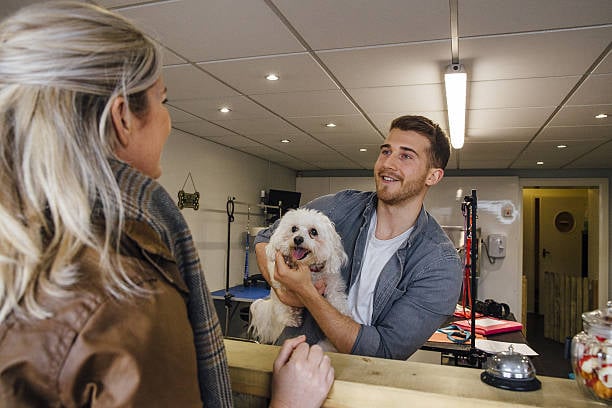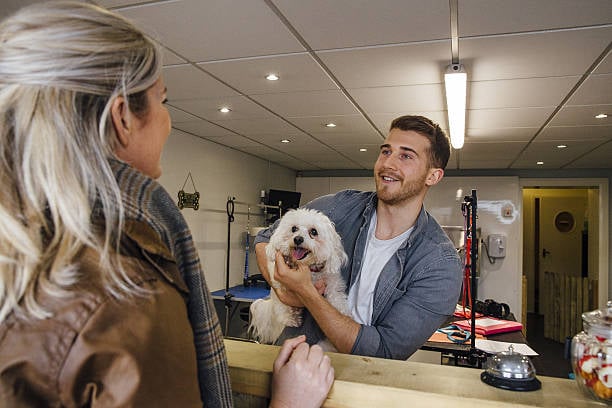Understanding and adapting to your clients' needs is paramount for growth and success. Establishing robust feedback loops is one of the most effective strategies for achieving this. Feedback loops are systems put in place to gather, analyze, and act upon client feedback. For pet-care businesses, this means creating channels through which pet parents can share their experiences and suggestions regarding your services. This blog post will delve into the importance of feedback loops and provide actionable strategies for implementing them in your pet-care business.
Understanding the Importance of Feedback Loops

Feedback loops are critical for several reasons:
- Quality Improvement: Continuous feedback allows for identifying service gaps and areas for improvement. Whether it's the handling of pets, the cleanliness of facilities, or the friendliness of staff, understanding client perceptions can help elevate service quality.
- Client Retention: When clients see their feedback is valued and acted upon, their loyalty to your business increases. This sense of being heard and appreciated can turn occasional clients into lifelong patrons.
- Innovation: Feedback can be a goldmine for innovative ideas. Pet parents interacting with their pets daily may offer insights or express needs your team hasn't considered, leading to new service offerings or enhancements.
- Reputation Management: In the age of social media and online reviews, managing your business's reputation is crucial. Addressing feedback promptly and effectively can prevent negative reviews and turn potentially dissatisfied clients into advocates.
Strategies for Implementing Feedback Loops

Implementing effective feedback loops involves several steps, from collecting feedback to taking action and communicating changes to clients. Here are some strategies to consider:
1. Make Feedback Easy and Accessible
- Digital Platforms: Utilize your website, social media, and email to encourage feedback. Online surveys and feedback forms can be powerful tools.
- In-Person Feedback: Train your staff to ask for feedback during interactions. A simple question about their experience can provide invaluable insights.
- Feedback Boxes: Place feedback boxes in your facility where clients can anonymously drop their thoughts and suggestions.
2. Actively Listen and Respond
- Acknowledgment: Always acknowledge receipt of feedback, whether it's a quick thank you message or a personalized response.
- Empathy: Show empathy, especially when dealing with negative feedback. Understanding your client's perspective can help de-escalate situations and find amicable solutions.
- Resolution: Work toward resolving any issues raised. If a client's feedback changes your services or policies, let them know their input made a difference.
3. Analyze and Act
- Trend Analysis: Look for patterns in the feedback that might indicate broader issues or opportunities.
- Staff Training: Use the feedback to inform staff training and development. This could be in customer service, pet handling, or other specific areas mentioned in feedback.
- Service Adjustments: Be prepared to adjust your services based on consistent feedback. This could involve anything from extending business hours to offering new services.
4. Close the Loop
- Communicate Changes: When changes are made based on feedback, communicate this to your clients. This could be through email newsletters, social media posts, or signage in your facility.
- Follow-up: For clients who provided critical feedback, follow up to see if they're satisfied with the changes. This can turn a potentially lost client into a loyal one.
Implementing feedback loops in your pet-care business is not just about collecting and responding to feedback; it's about fostering a culture of continuous improvement and client-centricity. By actively seeking and valuing your clients' input, you can enhance service quality, innovate, and build stronger relationships with your clientele. Remember, in a service-oriented industry like pet care, your clients' insights are one of your most valuable assets. Embrace feedback loops as a tool for learning and growth, and watch your business thrive in response.
Grow your pet-care business with Gingr. Schedule a demo now!
Subscribe to the Gingr Blog






